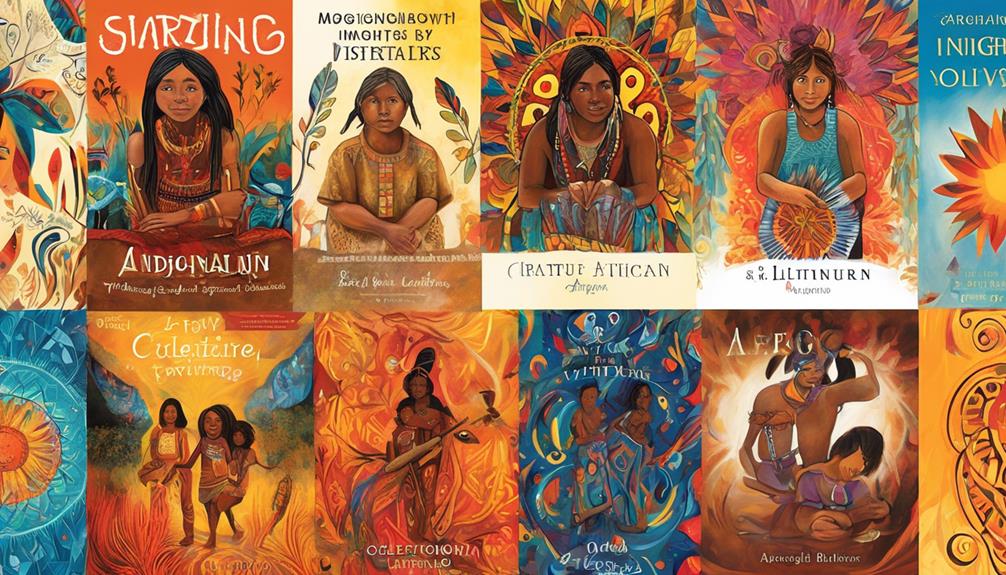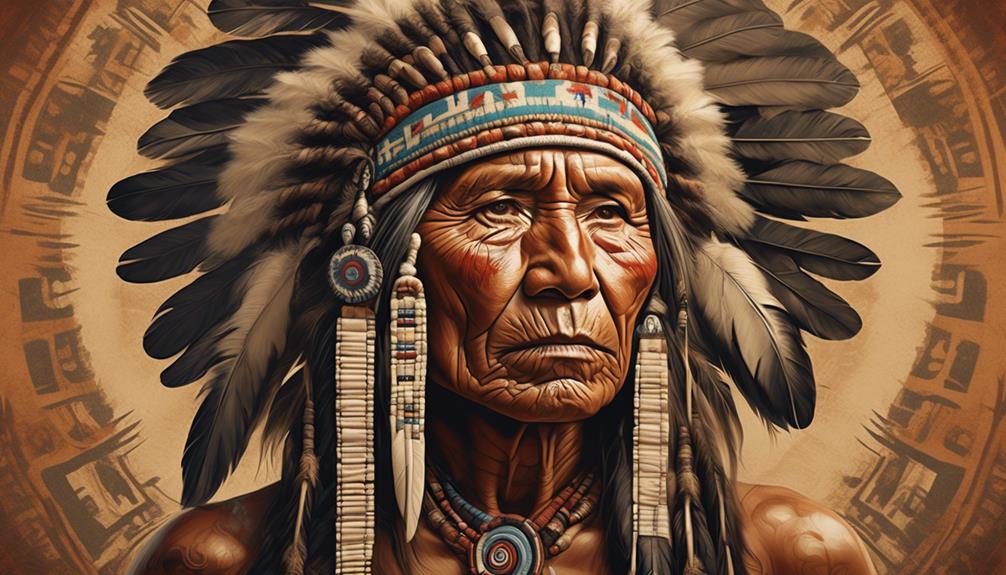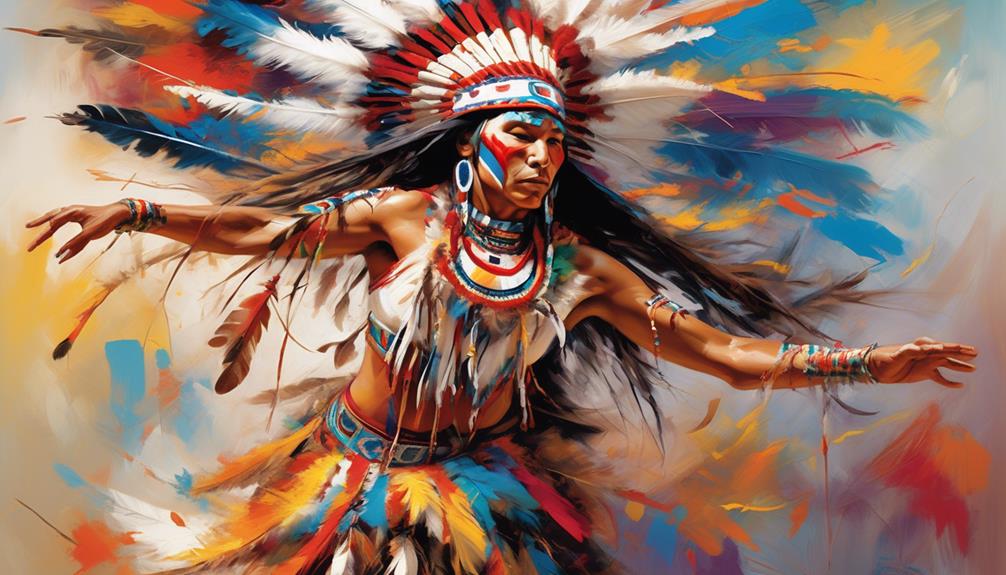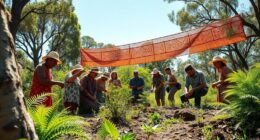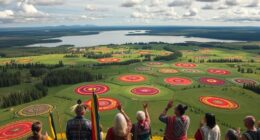Immerse yourself in the rich depths of Aboriginal storytelling, where the vibrant colors of cultural traditions effortlessly intertwine with modern narratives.
As you explore the realm of Aboriginal literature, you'll uncover a treasure trove of fictional tales, poetic expressions, compelling memoirs, insightful non-fiction, and children's books that celebrate the diverse and enduring spirit of Indigenous culture.
Each page holds the power to transport you to landscapes of tradition, resilience, and wisdom, offering a profound glimpse into the world of Aboriginal experiences.
Key Takeaways
- Fictional stories and cultural preservation: Aboriginal literature preserves knowledge, traditions, and history, and offers insight into the complexities and beauty of their rich cultural heritage.
- Poetic expressions of Indigenous identity: Indigenous poetry captures the essence of cultural identity and showcases a variety of Indigenous voices and perspectives.
- Compelling memoirs of Aboriginal experiences: Memoirs authentically depict the experiences of Aboriginal individuals, shedding light on the impact of the Canadian Indian residential school system and portraying resilience and the complexities of Indigenous identity.
- Insightful non-fiction exploring Indigenous perspectives: Non-fiction works offer understanding and appreciation for Indigenous experiences, intertwining Indigenous wisdom, exploring Indigenous experiences in North America, critically examining the impact of colonization, and reflecting on intergenerational trauma and healing.
Fictional Stories of Cultural Heritage
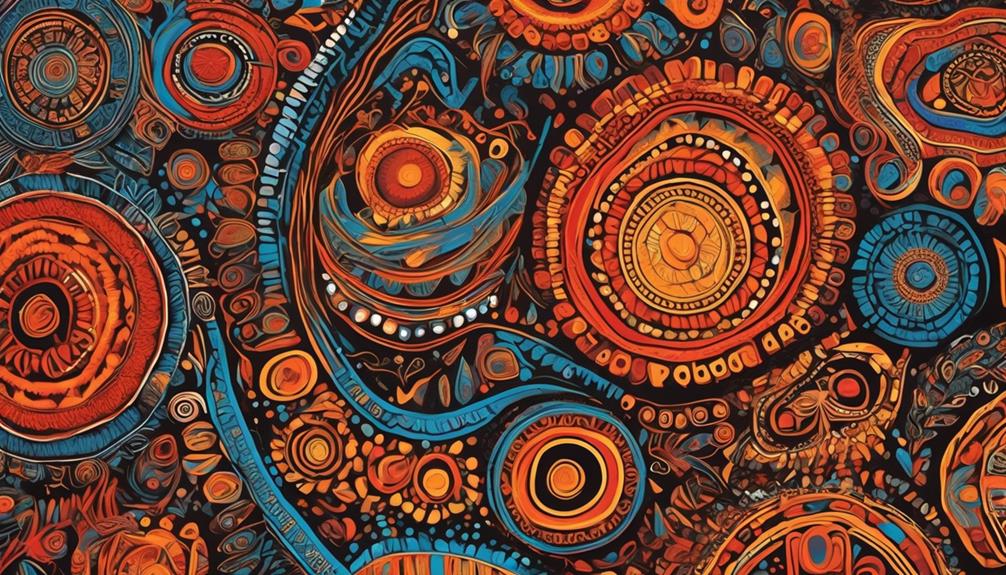
Explore the rich tapestry of cultural heritage through compelling fictional narratives that vividly bring to life the traditions, experiences, and values of Aboriginal communities. Indigenous storytelling has long been a vital means of cultural preservation for Aboriginal peoples, allowing them to pass down knowledge, traditions, and history from one generation to the next.
Through the art of storytelling, Aboriginal authors have masterfully depicted the rich cultural heritage of their communities, providing readers with an immersive experience that fosters understanding and appreciation for their traditions.
These fictional stories not only entertain but also serve as a medium for cultural preservation, ensuring that the values and experiences of Aboriginal communities aren't lost or forgotten. They offer a window into the diverse and vibrant traditions that have shaped Aboriginal cultures for centuries, allowing readers to gain insight into the complexities and beauty of these rich heritages.
Poetic Expressions of Indigenous Identity
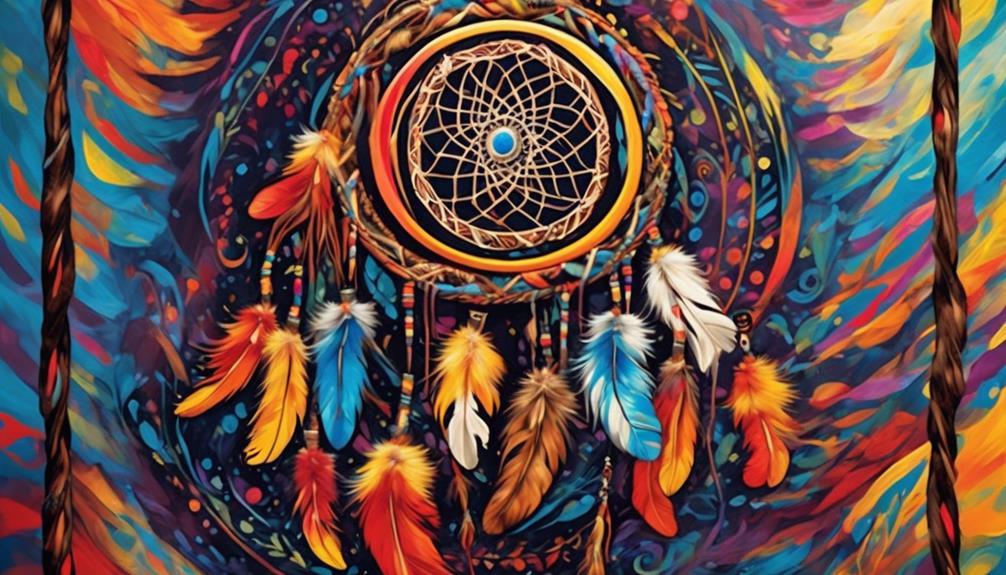
Indigenous poets eloquently capture the essence of their cultural identity through evocative and profound verses that resonate with readers on a deeply personal level. Indigenous poetry is a powerful medium that expresses the rich tapestry of traditions, beliefs, and experiences of Indigenous peoples across the globe.
When delving into poetic expressions of Indigenous identity, you'll find a diverse and captivating array of works that offer insight into the complexities and beauty of Indigenous cultures. Here are four ways to appreciate and engage with Indigenous poetry:
- Seek out collections of poetry that showcase a variety of Indigenous voices and perspectives.
- Take the time to understand the historical and cultural context behind the poems, which can deepen your appreciation for the themes and imagery woven into the verses.
- Attend poetry readings or spoken word events featuring Indigenous poets to experience the emotive power of their words firsthand.
- Engage in conversations and discussions with Indigenous poets and scholars to gain a deeper understanding of the significance of cultural identity in their poetry.
Embracing Indigenous poetry is a meaningful way to honor and celebrate the enduring legacy of Indigenous cultures while gaining a deeper understanding of their experiences and traditions.
Compelling Memoirs of Aboriginal Experiences
Several compelling memoirs authentically depict the experiences of Aboriginal individuals, offering intimate and enlightening perspectives on their lives, struggles, and triumphs. These personal narratives delve into the cultural reflections of Aboriginal people, providing an insider's view of the challenges and joys experienced within Indigenous communities.
One such memoir is 'The Education of Augie Merasty' by Joseph Auguste Merasty, which recounts the author's experiences in the Canadian Indian residential school system. Merasty's poignant account sheds light on the lasting impact of this system on Indigenous individuals and communities.
Another notable memoir is 'Heart Berries' by Terese Marie Mailhot, which delves into the author's personal journey of trauma, mental illness, and healing as a member of the Seabird Island Band. Mailhot's raw and lyrical prose offers a powerful portrayal of resilience and the complexities of Indigenous identity.
These memoirs, along with many others, provide essential insights into the diverse lives and histories of Aboriginal peoples, making them essential reads for those seeking a deeper understanding of Indigenous experiences.
Insightful Non-Fiction Exploring Indigenous Perspectives
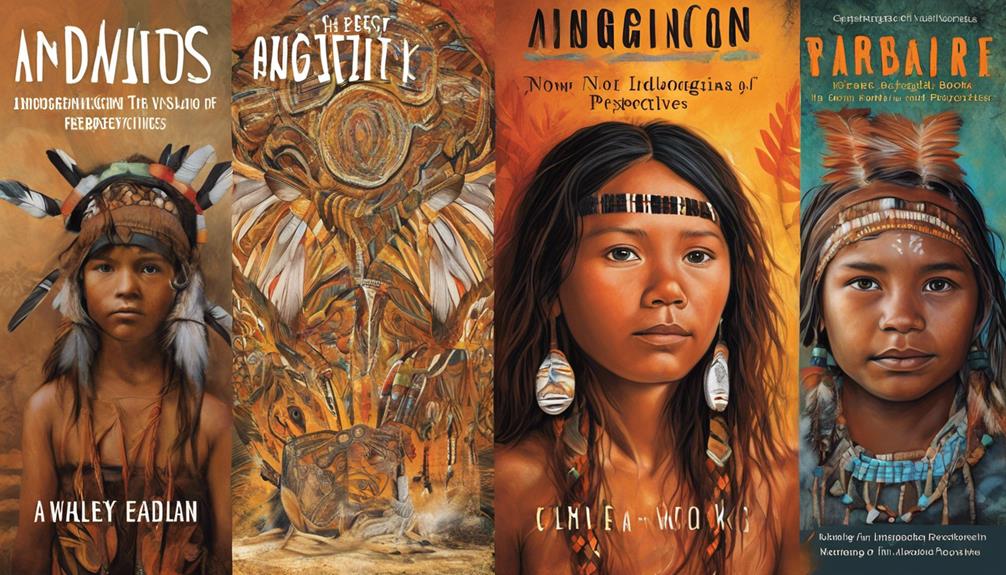
An array of insightful non-fiction works offers a diverse and immersive exploration of Indigenous perspectives, providing invaluable understanding and appreciation for the rich tapestry of Indigenous experiences. These books delve into the complexities of Indigenous life, shedding light on their struggles, triumphs, and the deep-rooted connection to their cultural heritage.
Here are four exceptional non-fiction works that offer profound insights into Indigenous perspectives:
- 'Braiding Sweetgrass: Indigenous Wisdom, Scientific Knowledge, and the Teachings of Plants' by Robin Wall Kimmerer: This book beautifully intertwines Indigenous wisdom, land rights, and ecological knowledge, offering a unique perspective on the relationship between humans and the natural world.
- 'The Inconvenient Indian: A Curious Account of Native People in North America' by Thomas King: Thomas King skillfully weaves history, humor, and oral traditions to provide a thought-provoking exploration of Indigenous experiences in North America.
- 'An Indigenous Peoples' History of the United States' by Roxanne Dunbar-Ortiz: This book critically examines the history of Indigenous peoples in the United States, shedding light on the impact of colonization, land rights, and the resilience of Indigenous communities.
- 'The Reason You Walk' by Wab Kinew: Wab Kinew's memoir reflects on intergenerational trauma, healing, and the importance of oral traditions in preserving Indigenous culture.
These insightful works offer a deep understanding of Indigenous perspectives, making them essential reads for anyone seeking to broaden their knowledge and appreciation of Indigenous experiences.
Children's Books Celebrating Aboriginal Culture
Explore a vibrant collection of children's books that joyfully celebrate and honor Aboriginal culture and traditions, offering young readers an enriching and inclusive literary experience. These books serve as valuable resources for cultural education, providing insight into the rich and diverse heritage of Aboriginal peoples. Through engaging storytelling and artistic illustrations, children are immersed in the beauty of Aboriginal traditions, fostering a deep appreciation for the cultural significance of practices such as storytelling, art, and connection to the natural world.
Immerse young readers in the captivating world of Dreamtime stories, which hold deep cultural and spiritual significance for Aboriginal communities. These tales, often passed down through generations, offer a window into the profound connection between Aboriginal peoples and the land, animals, and ancestral spirits.
Additionally, the artistic illustrations in these books vividly depict the vibrant colors and symbols that are integral to Aboriginal art, offering a visually stunning and culturally immersive reading experience.
Frequently Asked Questions
What Are Some Common Misconceptions About Aboriginal Culture That Are Addressed in These Books?
Misconceptions about Aboriginal culture, like static traditions, are addressed in these books. They highlight the dynamic nature of cultural values, the ongoing revitalization of Indigenous languages, and the resilience of Aboriginal communities.
By portraying the diversity and richness of Aboriginal cultures, these books challenge stereotypes and provide a more accurate understanding of their traditions.
They shed light on the complexities and depth of Aboriginal cultures, fostering greater awareness and appreciation.
How Do These Books Contribute to the Preservation and Revitalization of Indigenous Languages and Traditions?
You might be surprised how these books are actually contributing to the preservation and revitalization of indigenous languages and traditions.
Their storytelling techniques and literary styles not only challenge stereotypes but also promote a deeper understanding of traditional knowledge.
What Are Some Unique Storytelling Techniques or Literary Styles Used in These Books That Reflect Aboriginal Cultural Values?
In Aboriginal storytelling, cultural values are woven into unique literary styles and techniques. Indigenous storytelling often emphasizes oral traditions, using vivid imagery and symbolism to convey important messages.
These stories reflect a deep connection to the land, community, and spirituality. The use of repetition, call and response, and circular storytelling are common techniques that honor the oral traditions and preserve the wisdom of the ancestors.
How Do These Books Challenge Stereotypes and Promote a More Nuanced Understanding of Aboriginal Experiences?
To challenge stereotypes, these books offer diverse and authentic portrayals of Aboriginal experiences, showcasing the complexity and richness of their cultures and histories. They promote understanding by providing a platform for Indigenous voices to share their perspectives and narratives, offering readers a more nuanced and empathetic understanding of Aboriginal experiences.
Through these stories, readers are encouraged to question preconceived notions and engage with the multifaceted realities of Indigenous peoples.
In What Ways Do These Books Engage With Contemporary Issues Facing Aboriginal Communities, Such as Land Rights, Environmental Conservation, and Social Justice?
Engaging with contemporary issues, these books delve into the complexities of land rights, environmental conservation, and social justice. They challenge stereotypes and promote a more nuanced understanding of Aboriginal experiences, fostering community empowerment and cultural identity.
Through rich storytelling, they confront the pressing issues facing Aboriginal communities, advocating for change and preservation. These narratives vividly depict the struggles and triumphs, shedding light on the urgent need for action and understanding.
Conclusion
As you close the pages of these best aboriginal books, you'll feel like a traveler who's journeyed through the rich and diverse landscapes of Indigenous culture.
Each story, poem, memoir, and non-fiction work is like a vibrant tapestry, woven with threads of tradition, resilience, and wisdom.
These books invite you to embrace the beauty and depth of Aboriginal perspectives, leaving you with a heart full of understanding and a mind open to new horizons.
